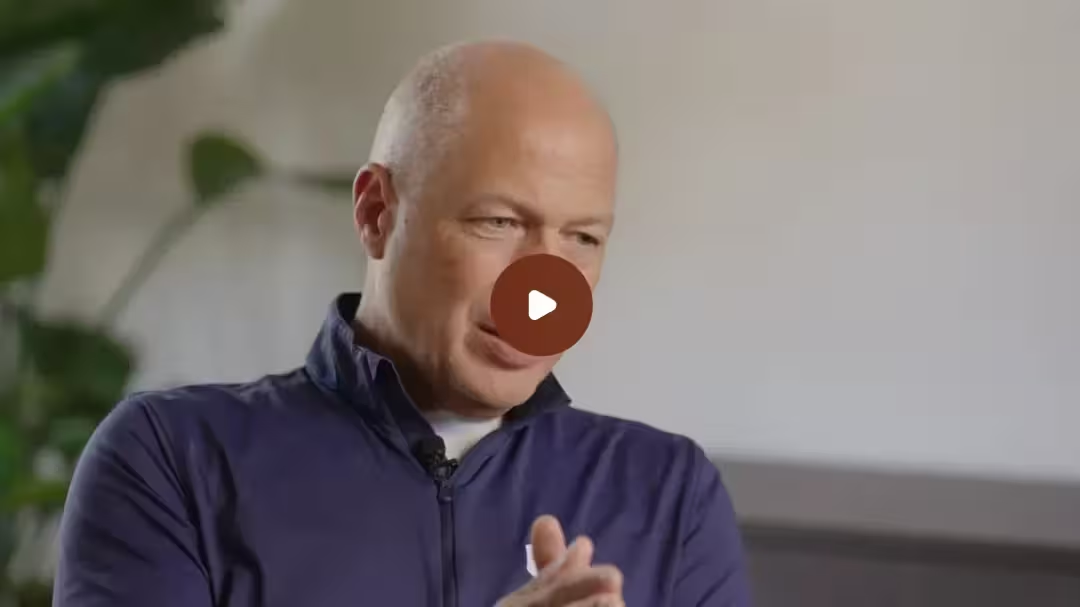In today’s business world, sales forecasting is key to making informed decisions, managing risk, and driving growth. However, the complexities of modern markets, customer behaviors, and economic conditions can make accurate forecasting a daunting challenge. Those businesses that master the art of sales forecasting gain the upper hand in resource allocation, investment strategy, and meeting financial goals.
In this guide, we’ll explore both traditional and advanced forecasting methods. Whether you’re familiar with roll-up forecasting or ready to embrace AI-enhanced techniques, these strategies will help your business forecast with up to 96% accuracy.
Why accurate forecasting is essential
Accurate forecasting goes beyond merely predicting sales numbers. It directly influences how you plan and steer your business. Here are four key reasons why getting your forecasts right is essential:
- Strategic planning: Accurate forecasts shape your company’s growth strategy, helping you make decisions about where to invest, what products to launch, and which markets to prioritize.
- Financial management: Forecasting enables sound financial planning, ensuring that resources are allocated wisely and budgets are set accurately.
- Risk mitigation: By predicting potential risks and market changes, forecasting allows companies to be proactive, developing contingency plans that help minimize business disruptions.
- Performance measurement: Forecasts provide benchmarks for measuring performance, helping companies track their progress toward goals and adjust strategies as needed.
However, despite its importance, many companies struggle with inaccurate forecasts. In fact, 60% of companies miss their sales quotas, and 70% of executives are forced to adjust their business plans because their forecasts fall short(30 Minute Forecasting G…).
The limitations of traditional forecasting
Traditional methods, such as tactical roll-up forecasting, remain widely used, but they often result in unreliable outcomes. Roll-up forecasting involves aggregating individual sales forecasts from account executives to upper management. While it ensures accountability and organization-wide alignment, it is prone to several challenges:
- Optimism bias: Sales teams may overestimate the likelihood of deals closing, leading to overly optimistic forecasts.
- Time-intensive: Without automation, manually aggregating and adjusting forecasts takes time and is prone to errors.
- Failure to account for market shifts: Roll-up forecasting often does not factor in external market changes, leaving businesses unprepared for shifts in demand, competition, or economic conditions.
93% of businesses fail to accurately predict revenue two weeks before quarter-end, showing that traditional methods are not always reliable(30 Minute Forecasting G…).
Advanced forecasting methods to enhance accuracy
To overcome the limitations of traditional forecasting, businesses can adopt more advanced techniques that incorporate AI, deal-based analysis, and pipeline insights.
1. Deal-based forecasting with slippage
This method allows companies to calculate potential revenue based on individual deals, while factoring in the probability of deals slipping to the next quarter. Here’s the basic formula:
Forecasted Revenue=(Number of Deals×Pipeline Win Rate)×(1−Probability of Slippage)\text{Forecasted Revenue} = (\text{Number of Deals} \times \text{Pipeline Win Rate}) \times (1 - \text{Probability of Slippage})Forecasted Revenue=(Number of Deals×Pipeline Win Rate)×(1−Probability of Slippage)
Advantages:
- Simplicity: Sales teams can quickly implement and understand this method.
- Focus on high-value deals: It prioritizes the highest-value deals, allowing businesses to allocate resources effectively.
Challenges:
- Subjectivity: Estimating the probability of closing each deal introduces a risk of human bias.
- Neglects broader trends: Focusing on individual deals may lead businesses to overlook long-term pipeline health.
2. Stage-based forecasting
Stage-based forecasting assigns probabilities to deals at different stages in the sales pipeline, which allows businesses to adjust their forecasts as deals move closer to closing. The formula is:
Forecasted Revenue=Pipeline per Stage×Win Rate per Stage\text{Forecasted Revenue} = \text{Pipeline per Stage} \times \text{Win Rate per Stage}Forecasted Revenue=Pipeline per Stage×Win Rate per Stage
Advantages:
- Integration with sales processes: It aligns with the steps your sales team follows, providing a clear link between forecast and activity.
- Dynamic forecasting: It updates in real time as deals progress through different pipeline stages.
Challenges:
- Over-reliance on subjective win rates: Estimating win rates for each stage can be biased, and inaccurate estimates will lead to faulty forecasts.
- Failure to account for deal duration: This method does not consider how long a deal has been in a particular stage, which can significantly impact the likelihood of closing.
3. Sales pacing analysis
This method analyzes sales booking patterns over a period (usually a month or quarter) to extrapolate potential outcomes. It is ideal for businesses with short sales cycles and rapid turnover.
Advantages:
- Quick and efficient: Ideal for fast-moving sales environments, where real-time data can quickly inform strategy.
- Ideal for transactional businesses: It’s particularly effective in transactional B2B sectors where short cycles predominate.
Challenges:
- Timing sensitivity: If used too early in the sales cycle, pacing analysis can lead to premature adjustments based on incomplete data.
- Not suitable for long sales cycles: Companies with longer sales cycles may find this method less useful, as sales progress can fluctuate significantly across longer periods.
4. AI and machine learning for forecasting
AI and machine learning have revolutionized sales forecasting by automating the analysis of vast amounts of data. These technologies can spot patterns that humans might miss, leading to highly accurate forecasts.
Advantages:
- Unmatched accuracy: AI processes vast datasets and applies predictive algorithms that significantly enhance forecast precision.
- Long-term foresight: Machine learning models offer longer-term predictions that give businesses the opportunity to adjust operations and strategies ahead of time.
Challenges:
- Complexity: Implementing AI forecasting requires significant technical expertise and the right data infrastructure.
- Data quality: AI is only as effective as the data it uses. Poor-quality or incomplete data can lead to inaccurate forecasts.
The Kluster approach: combining multiple methods for accuracy
At Kluster, we believe that no single forecasting method is perfect. That’s why we use a multi-method approach, combining roll-up forecasting, deal-based analysis, and AI-enhanced techniques. Our process has been shown to achieve 96% accuracy, giving businesses the tools they need to meet their targets.
Key components of our approach include:
- Incorporating slippage: We factor in deal slippage and pacing analysis to ensure that our forecasts account for real-world challenges in the sales process.
- Pipeline and stage analysis: We examine every stage of the sales pipeline, offering granular insights into potential revenue and future opportunities.
- AI-enhanced accuracy: By analyzing historical and real-time data, our AI tools can predict revenue trends months in advance, reducing uncertainty.
Conclusion: how to get started today
To improve your sales forecasting and gain a competitive edge, here are five steps to start implementing today:
- Use multiple methods: Combine different forecasting techniques to gain a well-rounded perspective.
- Analyze discrepancies: Investigate variances between forecast models to identify underlying factors.
- Document insights: Track discrepancies and document findings for future reference.
- Commit to decisions: Once you’ve chosen a forecast model, commit to it and monitor progress.
- Repeat regularly: Make forecasting a frequent process to continually refine your skills and adjust strategies.
By adopting these methods and leveraging tools like Kluster’s forecasting platform, your business can turn forecasting into a powerful strategic asset. Book a demo today to see how our multi-method approach can help you achieve your sales targets predictably and efficiently.


.svg)
.svg)
.svg)
.svg)










